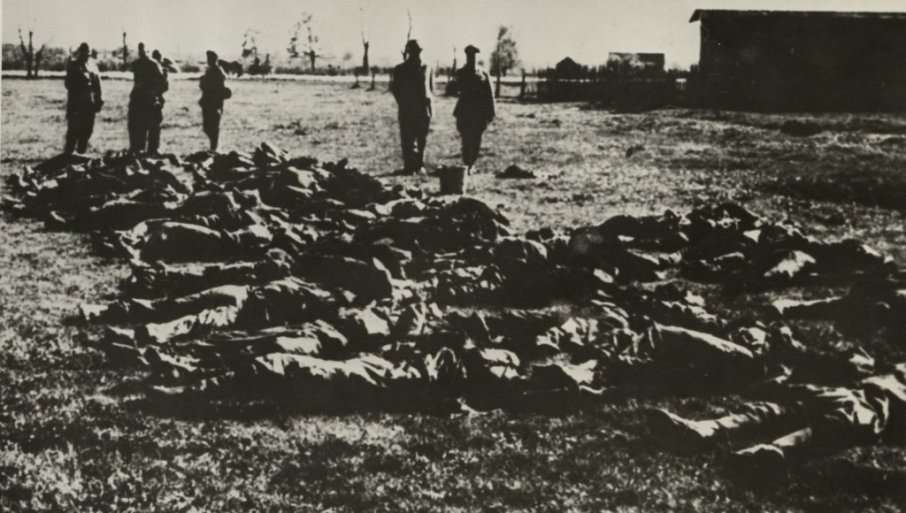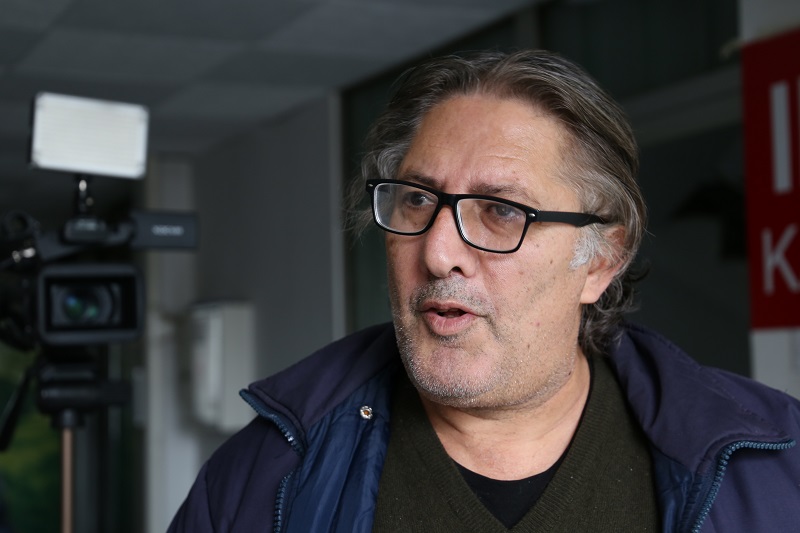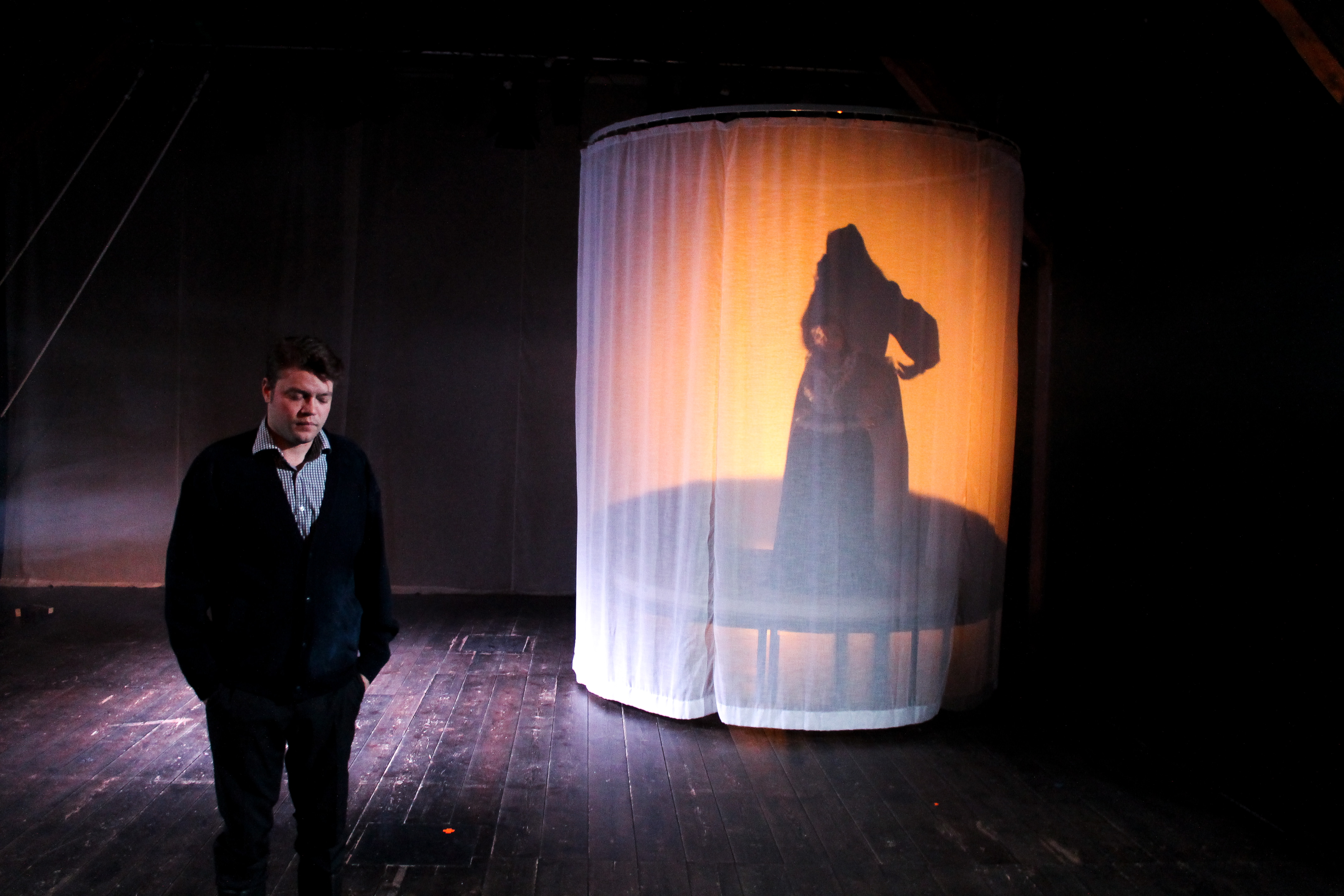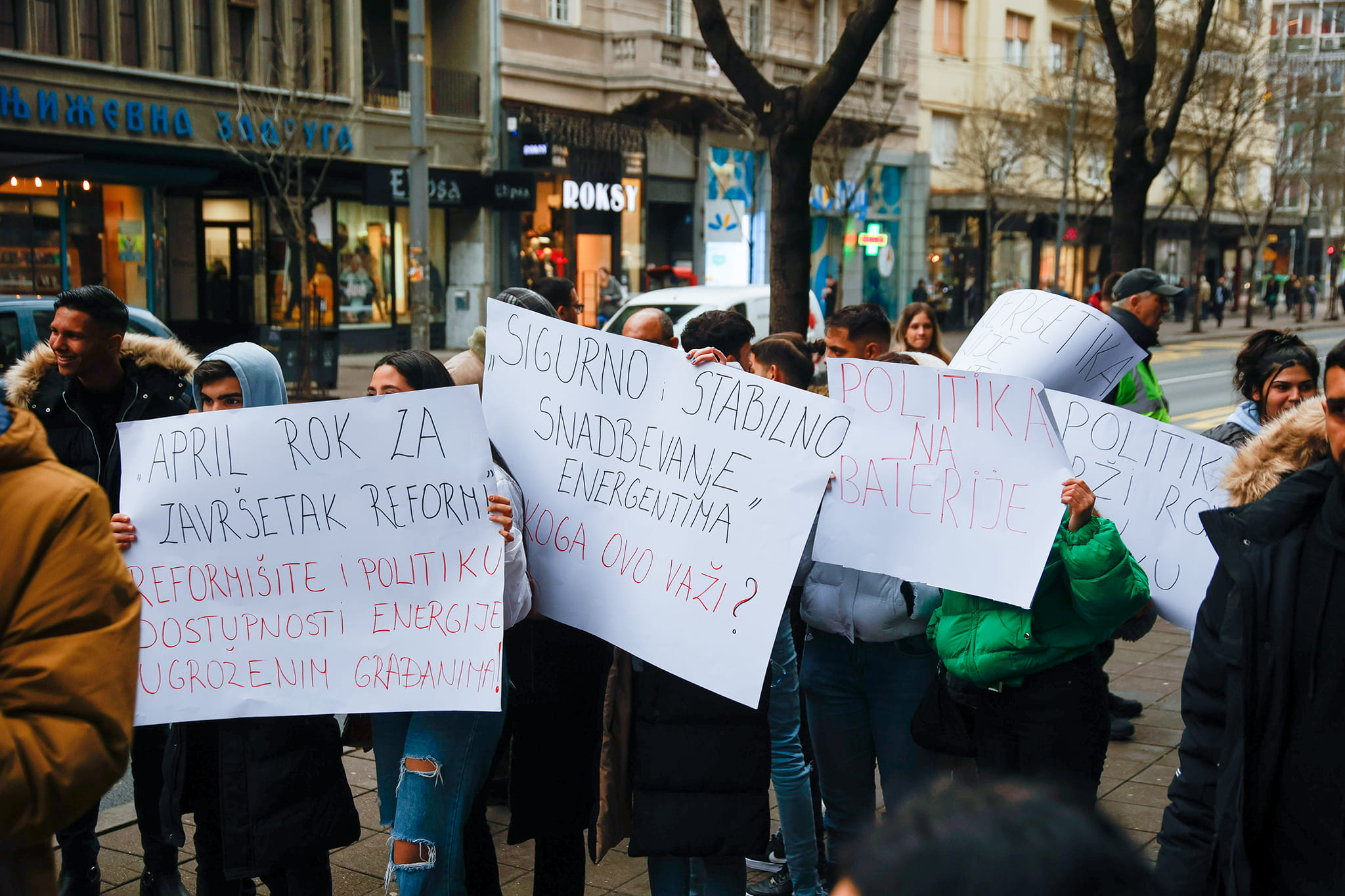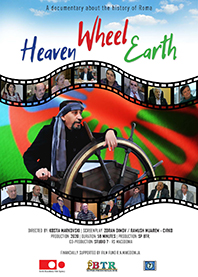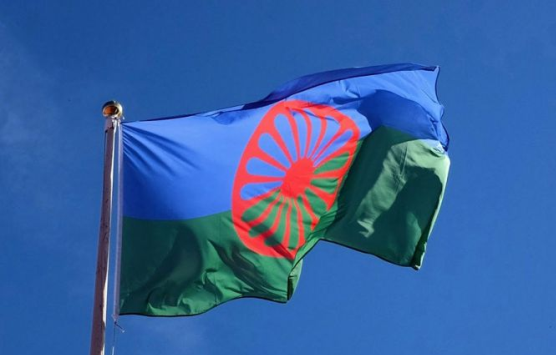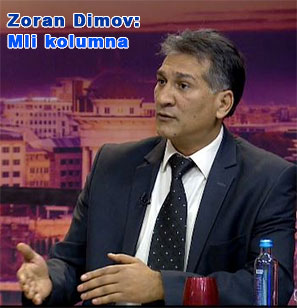The Roma are the largest ethnic group in Europe, also the most discriminated. In theaters have rarely been told on the stage about prejudice against the Roma, about their lives, customs, community or problems within an ethnic group. The Finnish-language play “Black, Blacker, Romani” (Musta, Mustempi, Romani), written and directed by Elina Izarra Ollikainen, opens up a personal and historical perspective for Finnish and Romanian Roma. The play takes strongly a stand. There is lot of a documentary knowledge about Roma, a history dating back to the 17th century and everyday encounters from different decades to the present day. The director wants to break the heartbreaking silence what kind of racism faces the Roma in Europe also nowadays.
The director and her team have done careful background work: The director has read FRA's Roma research reports, interviewed numerous Roma experts, decision-makers and organizations, as well as Roma in Finland and Romania. In addition to the director, half of the actors belong to ethnic minorities. As the FRA research report is read, Beethoven's Ode to Joy, the EU's official anthem, is playing in the background - and wearing jackets decorated with Romani flags, a group of people slowly pull tents covered by EU flag canvas like Ilya Repin's painting Barge Haulers on the Volga. 80 % of European Roma lives below their country’s at-risk-of-poverty threshold; every third Roma lives in housing without tap water; every third Roma child lives in a household where someone went to bed hungry at least once in the previous month.
The Lovers Theater of Pori is celebrating its 30th anniversary. Its performance is a breathtaking dialogue with the audience. Each rapidly changing scene illuminates a new perspective on anti-gypsyism and the play moves forward strongly without the moods stopping. The viewer is kept vigilant. The audience lives with the play and the actors sometimes take along the audience e.g. by offering champagne and tapas to the front row and handing out commercials to get job offers. The facts and a few video interviews intertwine with the playful episodes.
The strong video interviews of Sirpa Pietikäinen MEP and Marja Pentikäinen, Director of the Deaconess Institute, are projected on the back wall of the theater. Pietikäinen states that the rule of law will not be implemented in the case of the Roma when they have been evicted from their homes and the fundamental rights to work and education has also been taken away from these Roma. Poor Roma from Romania and Bulgaria have come to Finland to earn a meager living for themselves and their children through occasional jobs such as selling The Big Issue (Iso Numero) magazine. A Romanian Roma mother begging in the frost on the street says she can’t even say her child’s name when she is missing the child so deeply.
The play contains important basic information of Roma history. The law of hanging of the Swedish Empire and the approximately 1.5 million Roma victims of the Holocaust of Nazi Germany are remembered. It is not known, that Finnish Roma were killed in concentration camps during World War II, but the theater team traveled from Tallinn by local train to the Klooga concentration camp victims' memorial and found out that thousands of Roma had been killed there. In Finland, the Roma fought alongside others in World War II, but after the war, discrimination against the Roma began as before.
The play is bold, artistically uncompromising and evokes a lot of thoughts - not forgetting humor and the madness of life. There is a lot of suffering, but also laughter, warmth, dancing and momentum - sincerity and self-irony, in front of which the viewer have to meet and reshape their perceptions of Romani culture. Hidden ancestry is also told in the play. The protagonist describes how he has always struggled with his Roma identity; he sums up that he is “White on the inside, Romani on the father’s side”.
Anti-gypsyism is evident in the short and sharp staccato scenes of the play, which are skillfully rhythmized. Romances between Roma and non-Roma are not easily accepted. The Finnish Romani women and men are identified on the basis of traditional clothing, and the guards often follow them in shops and are not always served. In Europe, services is worse than in Finland and dozens of people even die every year as a result of violence by the authorities, an example from North Macedonia.
The play makes Romani flags known and the decision of the Finnish Ministry of the Interior on 8 April 2021 that International Roma Day is a general flagging day, when it is possible to raise a Roma flag on the flagging pole. The play ends with the Roma anthem Dzelem, Dzelem performed by Esma Redžepova, a Roma singer from North Macedonia. The Roma anthem decided at the founding meeting of the International Romani Union - IRU, fifty years ago, on April 8, 1971, when the IRU decided on the above three Roma symbols.
High quality theater performance.
Trailer: https://youtu.be/Av12a0LxFxM
Black, Blacker, Romani. Pori Lovers Theater. Screenplay and direction by Elina Izarra Ollikainen, staging and costumes by Mirkka Nyrhinen, choreography by Heli Keskikallio, flamenco by Maria Kause, sound and lighting design by Johannes Vartola, video recording by Kalle Kuisma. Starring Yasmin Ahsanullah, Henrik Hammarberg, Kai Tanner and Outi Vuoriranta.
